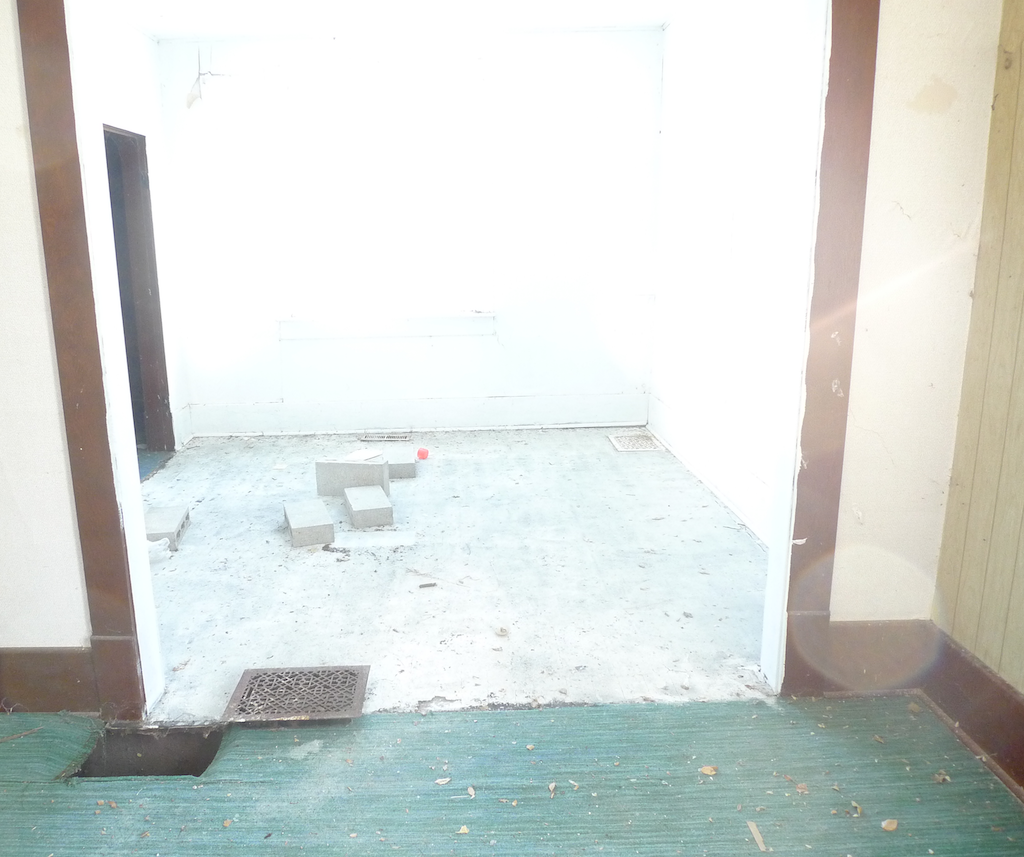wondering
“I think about my work as socially engaged and relational. The socially engaged aspect – the Art – is just for myself and those I am in relationship with. It is about relationships, often quiet and vulnerable, over time. Just as these relationships are my medium, so is time in this work that blurs the lines between art and life. I then take what I have learnt in relationship, and create the documentation. This is the work you see here. The documentation is an attempt to create an act of translation for another audience. I hope for this to ask questions such as: how can a translation be a posture of understanding? how can it be an ongoing responsibility to those I am in relationship with? how can it work to be involved in the continual process of understanding power and my own complicity in it? And how does silence in translation operate as an act of resistance?”
newsletter sign up
This is sent out a few times a year, when I have courses or workshops available to sign up for or exhibition news.
Corrie Peters (she/they) is a fat, white settler artist, educator and parent whose work is grounded in relationship with social practice, textiles and installation (among other mediums). She grew up in the family that left family farming and Mennonite community. She did however continue to live oriented around religious community and norms into adulthood. Simultaneously, she developed her abilities to recognize injustice and work for change.
Corrie’s practice understands relationships as a place of learning – what connects us to one another, how systems of power work to disrupt, and the labour of orienting towards justice. At times this has come from long term involvement with communities and, at others, through intimate, familial relationships. Their practice is involved with translating their learning to an audience, often through layered projects that involve time, both as a medium and as a component of viewing. The community care and empathy that was nurtured in Corrie’s upbringing is part of this, along with the work of finding this same care and empathy for herself. She invites the audience into experiences through her own vulnerability and grief.
Corrie grew up surrounded by craft that moved between sustenance and beauty, yet hesitated to enter an art gallery until she was thirty. The perceived divide between craft and fine art, and the classed codes of gallery spaces, made them feel like an outsider. A tension that continues to shape their work. They continually return to craft techniques to reference comfort, familiarity and time, and as part of the work of finding resistance and recognition within their own lineage. Corrie uses materials that their grandmother would recognize, which also operate to remind institutions of the humanity holding them up. These materials often literally or metaphorically reference the body, and can be read as an insistence on welcoming their fat body to claim space.
Corrie holds an MFA from the University of Manitoba, a BFA from Concordia University and a BCYC (Bachelor of Child and Youth Care) from the University of Victoria. Her work has been supported by The Canada Council for the Arts, Social Science and Humanities Research Council and the Santa Fe Art Institute, among others. She also won the inaugural Salt Spring National Art Prize. Corrie currently lives as an uninvited guest with her family on the unceded land of the lək̓ʷəŋən speaking peoples.
